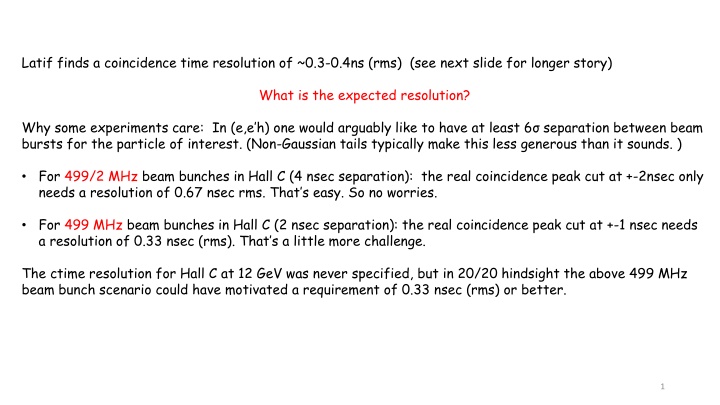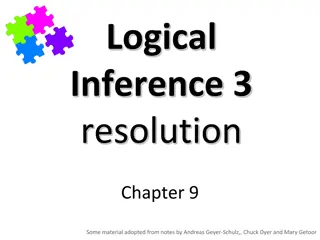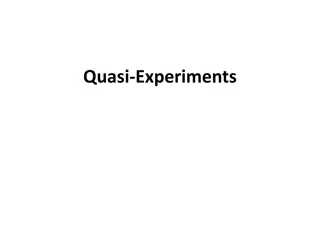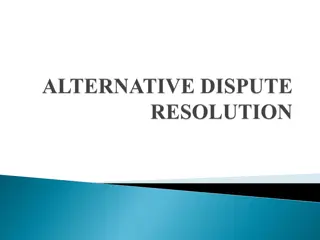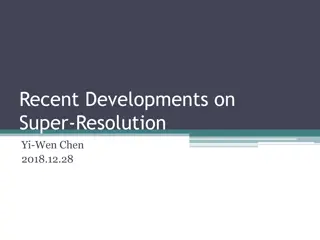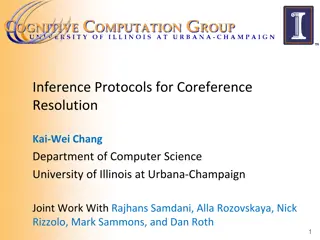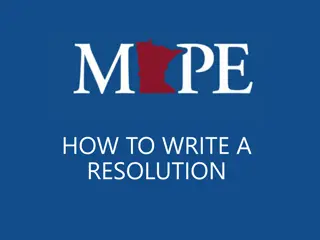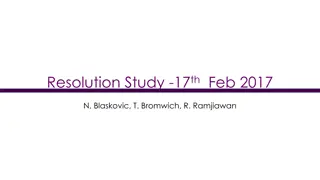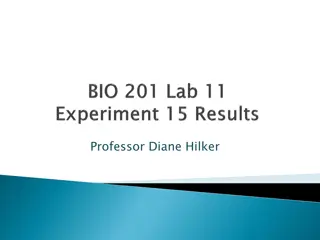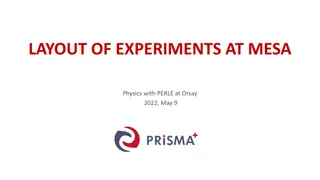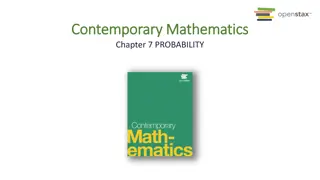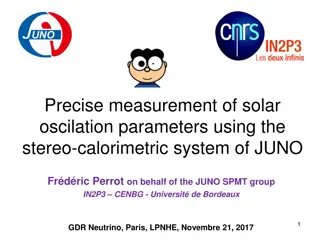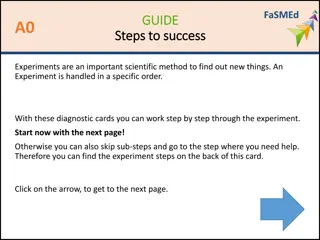Optimizing Time Resolution in Coincidence Experiments
Latif seeks to improve coincidence time resolution in experiments by analyzing the necessary beam burst separations and achieving a resolution of 0.173 ns in the best-case scenario. Detailed formulae and calculations help in understanding the expectations and requirements for achieving desired resolutions in experimental setups.
Download Presentation

Please find below an Image/Link to download the presentation.
The content on the website is provided AS IS for your information and personal use only. It may not be sold, licensed, or shared on other websites without obtaining consent from the author.If you encounter any issues during the download, it is possible that the publisher has removed the file from their server.
You are allowed to download the files provided on this website for personal or commercial use, subject to the condition that they are used lawfully. All files are the property of their respective owners.
The content on the website is provided AS IS for your information and personal use only. It may not be sold, licensed, or shared on other websites without obtaining consent from the author.
E N D
Presentation Transcript
Latif finds a coincidence time resolution of ~0.3-0.4ns (rms) (see next slide for longer story) What is the expected resolution? Why some experiments care: In (e,e h) one would arguably like to have at least 6 separation between beam bursts for the particle of interest. (Non-Gaussian tails typically make this less generous than it sounds. ) For 499/2 MHz beam bunches in Hall C (4 nsec separation): the real coincidence peak cut at +-2nsec only needs a resolution of 0.67 nsec rms. That s easy. So no worries. For 499 MHz beam bunches in Hall C (2 nsec separation): the real coincidence peak cut at +-1 nsec needs a resolution of 0.33 nsec (rms). That s a little more challenge. The ctime resolution for Hall C at 12 GeV was never specified, but in 20/20 hindsight the above 499 MHz beam bunch scenario could have motivated a requirement of 0.33 nsec (rms) or better. 1
From the previous slide, the 20/20 hindsight ctime spec would be 0.33 nsec (rms). (left two plots) The higher statistics panel is the one where Latif apparently gets ~0.4 nsec (rms). Can we do better? (right two plots) The lower statistics panel is significantly better, ~0.3nsec (rms). The fitting error is small. These ctime rms values are obviously inconsistent. In the backups, it looks like the SHMS pathlength corrections need a little tweak at large negative delta. So the better ~0.3 nsec (rms) resolution seems to be real. Latif, production C(e,e p) https://logbooks.jlab.org/entry/3521769 Latif, run 1889 https://logbooks.jlab.org/entry/3519840 2
Lets check what ctime resolution we expect in the best-case scenario. Unfortunately, theres no timing information in the JMU slides from their cosmic studies. But beta resolutions from beam data are available, so let s write formulae to use as the fundamental input. Single arm definitions and formulae Mean-time resolution of a bar: bar Mean-time resolution of S1 or S2 = sqrt( bar2 + bar2 ) / 2 = bar/ 2 Mean-time resolution of S1 and S2 ( focal plane time ): FP = sqrt( ( bar/ 2)2 + ( bar/ 2)2 ) / 2 = bar/2 Resolution of TOF between S1 and S2: TOF = sqrt( ( bar/ 2)2 + ( bar/ 2)2 ) = bar Relation between TOF and and bar resolutions: = v/c = (d/TOF)/c = [(d/c)/TOF2] TOF = [(d/c)/TOF2] TOF ~ [c/d] TOF = [c/d] bar Double arm coincidence time formula ctime = sqrt( ( FPHMS)2 + ( FPSHMS)2 ) = sqrt( ( barHMS /2)2 + ( barSHMS/2)2 ) = 0.5* sqrt( ( barHMS )2 + ( barSHMS)2 ) where bar = (d/c) 3
The ctime resolution is then ctime = sqrt( ( FPHMS)2 + ( FPSHMS)2 ) = 0.5* sqrt( ( barHMS )2 + ( barSHMS)2 ) We need the following inputs (summarized in the table below): barHMS = (dHMS/c) HMS = 0.166 nsec and barSHMS = (dSHMS/c) SHMS = 0.304 nsec Plugging in the numbers, we should be able to achieve ctime = 0.173 nsec ! bar =(d/c) = TOF FP = bar/2 (measured) d HMS 0.025 Simona 2m(?) 0.166 nsec 0.083 nsec The ctime resolution, mathematically just the difference of the focal plane times, is the quadrature sum of these two. https://hallcweb.jlab.org/doc- private/ShowDocument?docid=853 SHMS 0.0414 Simona 2.2m 0.304 nsec 0.152 nsec https://hallcweb.jl ab.org/doc- private/ShowDoc ument?docid=669 slide 14 https://logbooks.jlab.org/entry/3519628 4
Summary 1. The beta resolutions of the HMS and SHMS hodoscopes indicate a best-case ctime resolution of ~0.17 nsec. So the like-to-have goal of ~0.33 nsec rms ctime resolution is not crazy. 2. Latif s ctime resolution for the C(e,e p) data demonstrates that the ~0.33 nsec like-to-have goal is actually met. The inconsistency between his 0.3nsec rms and 0.4 nsec rms fits may be a matter of great focal plane in the latter dataset. It looks like the pathlength corrections need a tweak at large delta. (see backup slides) 3. Latif s determination of the ctime resolution, 0.3 nsec rms, is only x1.8 larger than ideal. The source of the 0.25 nsec rms excess noise is zero priority; we don t need a ctime resolution better than ~0.33 nsec (rms). But as an intellectual matter, it is puzzling. According to the TDC manual, this is larger than we d expect from LSB, cross-talk, etc. 4. The main calculated contribution to the ctime resolution is the SHMS focal plane time resolution of ~0.15 nsec . The HMS focal plane resolution achieves ~0.08 nsec presumably because the scintillators are thicker. But the SHMS focal plane time resolution is great! Two SHMS s in coincidence could even do ~ 0.21 nsec (rms). 5
Backups 6
HMS Ctime vs P C(e,e p) No issues here. 7
SHMS Ctime vs P C(e,e p) There s a much smaller range of P here compared with the coincidence run that gave worse resolution (next slide). 8
Little bit of systematics here. Might account for difference in ctime resolution. Path length correction at large negative delta might need a tweak? Low priority. Need high statistics though. 9
